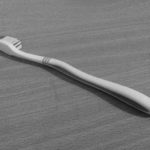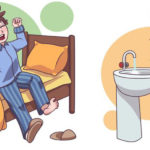1 Keep Your Toothbrush Away from the Toilet
– Placing your toothbrush too close to the toilet can cause bacteria from the toilet (especially in households with the habit of leaving the toilet lid up) to cling to the toothbrush. When you brush your teeth, the bacteria will move from the brush into your body, harming your health.
– To prevent bacteria from coming into contact with your toothbrush, place it at least 1 meter away from the toilet. If you can’t keep your toothbrush far enough away, you should store it in a closed container to minimize bacterial adhesion.
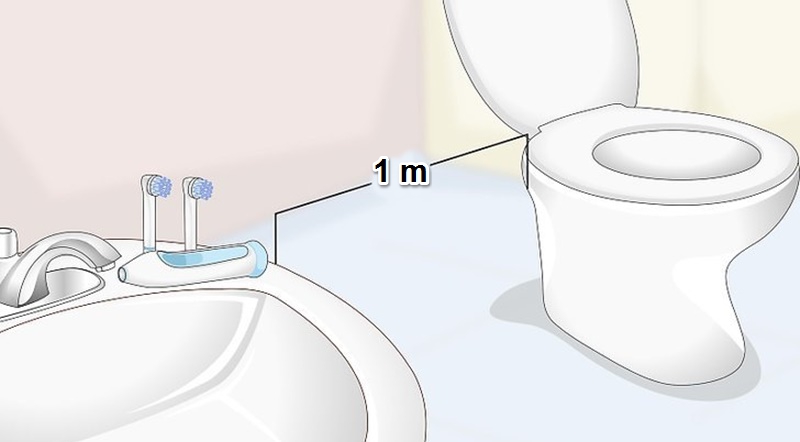
2 Replace Your Toothbrush Every Three Months
– On average, you should replace your toothbrush every three months, or about four times a year.
– A toothbrush is a personal hygiene tool used daily, at least once a day. Due to its high usage frequency, the brush head can wear down quickly, reducing its cleaning ability over time. Therefore, timely replacement is necessary to prevent tooth decay and optimally protect your oral health.
– If you’re buying a toothbrush for a child, look for one with a small head, soft bristles, and a sparse bristle pattern to avoid causing mouth pain.
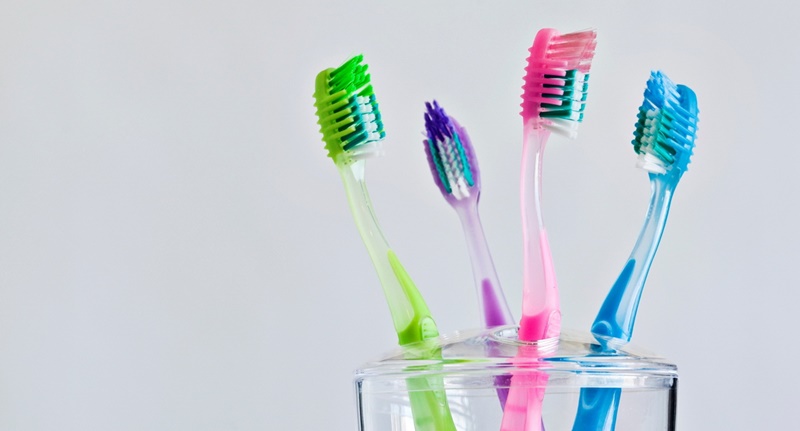
3 Create Space Between Toothbrushes
– People often have the habit of storing family members’ toothbrushes together, allowing the brush heads to touch or come into close contact.
– Storing toothbrushes this way causes them to dry more slowly, and bacteria can easily spread from one brush to another. This increases the risk of tooth decay and gum disease for the whole family. It is recommended to use a professional toothbrush holder or place the brushes in separate cups, ensuring the brush heads are not touching.
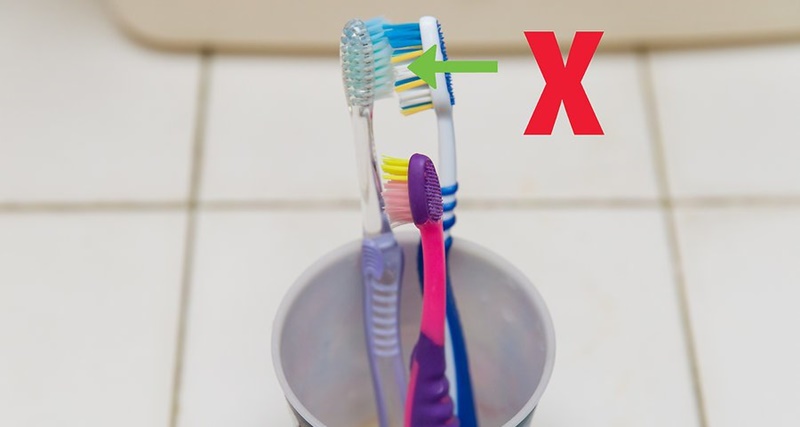
4 Don’t Store Your Toothbrush in a Small Plastic Container
– Storing a wet toothbrush in a closed, small plastic container creates a humid environment that promotes bacterial growth.
– After use, it is best to place your toothbrush in a dry area. You can store it in a wide, closed container made of glass. If you choose to leave it uncovered, wrap the brush head in a clean cloth to keep it as dry and dust-free as possible, thus minimizing bacterial adhesion.
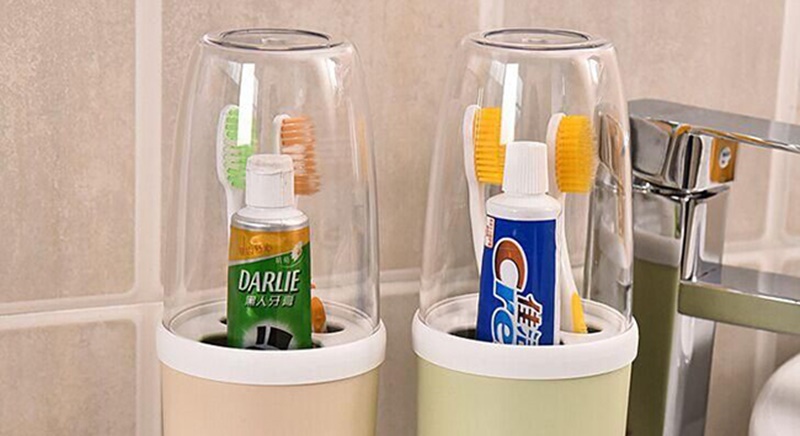
5 Clean Your Toothbrush Regularly
– Maintaining your toothbrush involves more than just rinsing it with water before and after brushing. It also includes disinfecting and deep cleaning to ensure it is free from bacteria and safe for oral hygiene.
– A simple way to do this is by submerging the brush head in boiling water or soaking it for a few minutes before rinsing it with warm water. Repeat this process once a week.
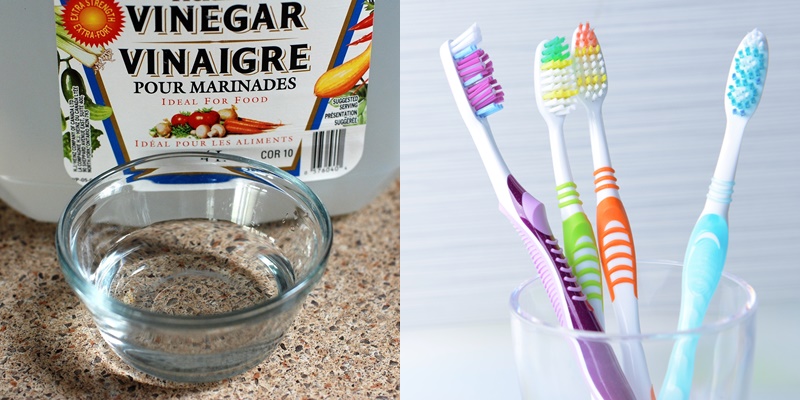
We hope that by following these tips, you’ll be able to take better care of your oral health. Feel free to share your own toothbrush care tips in the comments below.
For more information, please refer to: suckhoe.vnexpress.net
When Should You Replace Your Toothbrush?
Are you due for a new toothbrush? Don’t wait until it’s worn out or discolored – now is the time to change your brush!


























